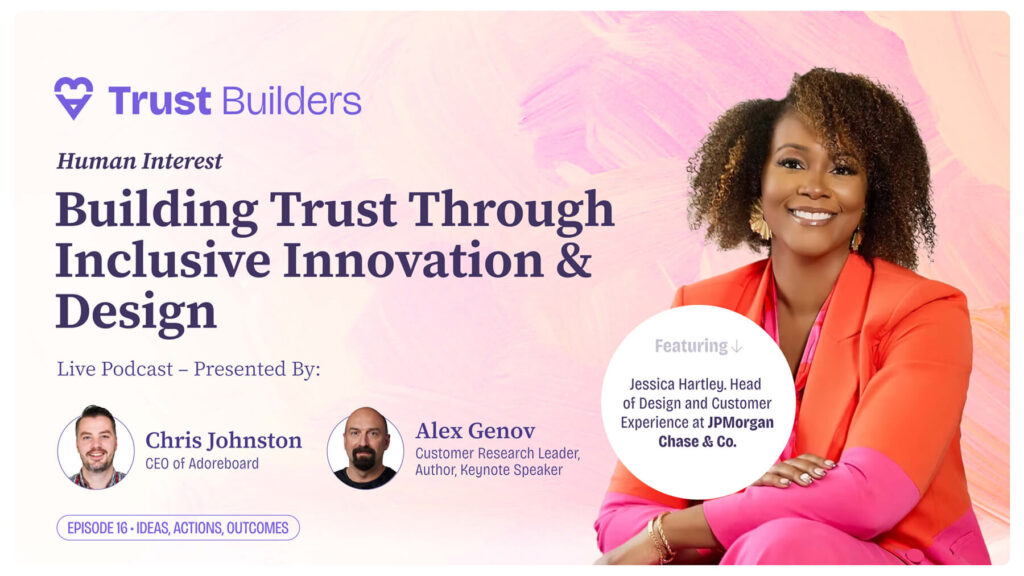They call it ‘switchers fatigue’ – the reliance on companies like banks regardless of the service that consumers receive. Dissatisfied customers either don’t feel that they have the time or they don’t want the hassle of switching. A new regulation introduced by the Financial Conduct Authority means that switching banks should be a ‘free, simple process’ which should take no longer than 10 days. For banks, customer experience has never been as important. So how do banks customer experience stack up?
Adoreboard analysed a number of global banks to find out exactly how they compared on customer experience, which brands were most at risk of customer switching and most importantly why.
The analysis focused on:
- Key brands – Chase, HSBC, Lloyds and Santander
- A sample of 6,000+ Tweets
- Data Collected from customer support channels
Adorescore: A sign of banking health
Adoreboard developed a high level view based on each brand’s ‘Adorescore’ – an index of +100 to -100. It works like a stock price for brands, providing a relative performance indicator of brand performance based on the average of all emotions expressed towards the brand. We can see on first glance that, although it is by no means perfect, Santander is the best performing bank, while HSBC trails behind as the worst performing.

Although the gap between each brand is relatively small – we can undertake a deep-dive emotional analysis to identify key drivers for customer experience.
Joy Index

This Index assesses the amount of joy or amusement which is felt in mentions of a brand.
Mentions of Santander are the most joyful in the financial services industry, while those of HSBC are the saddest. The emotional themes driving the most joy towards Santander across the audience are agents being helpful and friendly with their interactions with customers, along with the performance of Android Pay. Topics which score highly on this index which could be monopolised on are the customers responses to receiving good customer service noting the speed of reply and customers receiving ‘great news’ that their problem is being resolved. Santander should consider focusing messaging around these topics to capitalise on and increase their lead.
The topics driving the most sadness towards HSBC across the audience are Tried, Today and Going. Potential threats to the brand relate to the Android app, complaints regarding customers trying to contact HSBC and having to deal with recurring issues. HSBC should consider focusing resources on fixing these problems to minimise negative impact on the brand.
Trust Index

The Trust Index measures the levels of trust in that consumers are expressing toward a brand.
Mentions of Santander are the most trustful in the financial services industry, while those of HSBC carry the most distrust. The emotional themes driving the most trust towards Santander across the audience are again trusting the brand through the helpful customer experience and value of Android Pay. Key topics which present an opportunity to drive further joy toward the brand include the speed of reply and helpful nature of agents. Santander should consider focusing messaging around these themes to capitalise on and increase their lead.
The topics driving the greatest distrust towards HSBC are Tired of waiting, System Error and customers ‘Counting’ whilst being on hold – a reference to the duration of the waiting time. Threats which HSBC should focus on addressing before they become a larger issue relate to system errors, the Android app and difficulties that customers have when trying to contact the bank. Assigning resources to these issues will likely have a significant impact on trust felt toward HSBC.
Interest Index

In terms of the Interest Index, a company must decide which side better suits their own view of their brand. They choose whether they want to create hype and anticipation around their company (tending toward vigilance), or surprise and wow the public instead (tending toward amazement).
Mentions of Chase are the most full of anticipation in the financial services industry, while those of Lloyds are the most surprised. The themes driving the most anticipation towards Chase across the audience are Bank, Help and Money Money. Key opportunities which could be monopolised on to sustain this lead toward anticipation and vigilance are doing the right thing for customers and having a focus on product attributes like next day availability of deposits.
The topics driving the most surprise towards Lloyds across the audience are problem with the website, Android Pay and how they collect email addresses. Topics which drive a high amount of surprise toward the brand which could be better utilised are line banking and topics related to the teller. Depending on whether HSBC and Santander choose to be perceived with high awareness/anticipation on one hand or surprise on the other, they should consider taking either Chase or Lloyds as a role model and focusing resources around the topics driving the key emotions.
Comfort Index

This scale measures the level of discomfort felt by the individual. If a person expresses rage toward a brand they are likely to take action to correct the discomfort, whereas those who feel terror tend to feel insignificant and powerless to control their discomfort.
Mentions of Lloyds are the most angry in the banking industry, while those of Chase are the most fearful. The topics driving the most anger towards Lloyds across the audience are branch experience, especially related to waiting times. Threats which were identified included customers having major problems with their website, issues withdrawing money and line banking. Lloyds should consider focusing resources on fixing these problems.
The topics driving the greatest fear towards Chase are customer service and appreciation towards fixing problems. Topics which may increase fear if left to fester are freedom credit and customers not being aware of late fees. Chase should consider focusing resources on alleviating customer fear in these areas.
Spotlight on HSBC
Focusing on HSBC, our emotional theme detection could analyse and group the themes in the data around key emotions. This enables decision makers to focus on the most important issues impacting customer experience.
The core issues related to the inbound waiting time of up to 45 minutes, with one customer remarking they were able to write a letter of complaint whilst waiting on the phone. The inbound calls relate to issues with their mobile banking app and basic value propositions which people expect from a bank. One customer noted that problems with the basics which needed to be addressed – issues transferring money and the security key button on the mobile app disappearing.
Summary of Insights
- The key issue with HSBC from an customer emotional experience as customers frequently reported a 30-40 minute wait for agent support pick-ups.
- Comparing this to Santander, the best performing in our sample with a waiting time which rarely exceeds 15 minutes, it is clear to see why HSBC customers are upset.
- The high intensity negative emotions grief and rage are often expressed by customers talking about mobile banking and specifically HSBC’s app.
- The core insight is that HSBC could save significant costs on customers contacting the bank if they could transform their mobile banking experience. If done well, this would significantly reduce operational budget on inbound customer service issues.
- Brand experience can be greatly improved by for transforming and pioneering a new approach to banking: one that is direct to person ‘Brand in the Hand’ via mobile, which will not only improve customer experience but drive a new approach to banking – one that provides financial answers to power your life, everyday.




